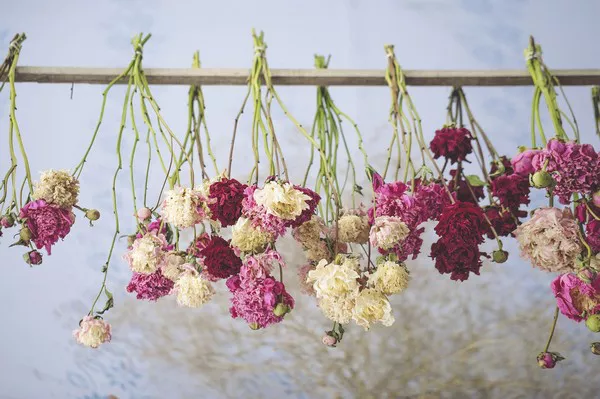The delicate allure of flowers has captivated artists, nature enthusiasts, and creatives for generations. Capturing their ephemeral beauty and preserving it for posterity has become an art form in itself. Pressing flowers is a timeless technique that allows these botanical treasures to be immortalized in frames, creating stunning displays that bring the outdoors into our living spaces. In this article, we delve into the art of pressing flowers for framing, exploring the process, optimal time frames and techniques.
The Intricacies of Pressing Flowers
Pressing flowers involves carefully flattening and drying botanical specimens to maintain their color, shape, and intricacies. This delicate process requires patience and attention to detail, ensuring that the flowers retain their natural charm even after being framed.
The Timing of Flower Pressing
1. Immediate Pressing
For best results, press flowers as soon as possible after picking them. Freshly picked flowers have a higher moisture content, and pressing them immediately helps prevent wilting and color loss. Flowers that are too mature or overripe may not press as well.
2. Best Time of Day
The best time to pick flowers for pressing is in the morning after dew has evaporated but before the heat of the day causes them to wilt. Choosing flowers with vibrant colors and no signs of damage or disease enhances the final outcome.
The Pressing Process
1. Materials Needed
Freshly picked flowers
Blotting paper or absorbent paper towels
Heavy books or a flower press
Parchment paper
Tweezers (optional)
2. Pressing Techniques
Prepare Flowers: Gently remove any excess moisture from the flowers using blotting paper or paper towels. Remove leaves and stems that may cause uneven pressing or interfere with the flower’s appearance.
Choose a Pressing Method: There are various methods to press flowers, including using heavy books, a flower press, or even a microwave. For traditional pressing, place the flowers between layers of blotting paper or paper towels, and then place them within the pages of a heavy book.
Even Placement: Arrange the flowers within the pressing material, ensuring they are spaced evenly and not touching. Place a layer of parchment paper on top to prevent the flowers from sticking to the pages.
Weight Distribution: If using books, add additional weight on top of the book stack. If using a flower press, follow the manufacturer’s instructions for proper pressure adjustment.
Drying Period: The drying time varies depending on the flower’s thickness, moisture content, and the pressing method used. On average, flowers can take about two to three weeks to fully dry and press.
Framing Pressed Flowers
1. Selecting the Right Frame
Choosing an appropriate frame is crucial to showcase pressed flowers effectively. Opt for frames with glass fronts to protect the delicate flowers from dust, moisture, and damage. Shadow boxes or frames with a bit of depth provide the necessary space for three-dimensional flower arrangements.
2. Arrangement and Mounting
Before framing, plan the arrangement of the pressed flowers on a clean surface. Once satisfied, carefully transfer the pressed flowers onto a background paper or fabric that complements their colors. Use acid-free adhesive or double-sided tape to secure the flowers in place.
3. Avoiding Direct Contact
To prevent damage to the pressed flowers, ensure they do not come into direct contact with the glass. Matting or using spacers within the frame can create a gap between the glass and the flowers, preserving their delicate structure.
Enhancing the Framed Display
1. Background and Matting
Choose a background color that enhances the colors of the pressed flowers. Matting can add an extra layer of elegance, allowing the flowers to stand out while providing a polished appearance.
2. Labeling and Information
Consider including a small label or card with the name of the flowers, the date they were pressed, and any additional information about their origin or significance. This not only adds context but also turns the display into an educational piece.
Conservation and Preservation
Pressing flowers is not only an artistic endeavor but also a form of conservation and preservation. The process allows for the appreciation of natural beauty while also immortalizing it for future generations to enjoy.
Educational Opportunities
Pressing flowers can serve as a wonderful educational tool, teaching individuals about botany, plant anatomy, and the diversity of the natural world. It’s an engaging way to learn about different species and their characteristics.
Conclusion
The art of pressing flowers for framing allows nature’s fleeting beauty to be captured and cherished indefinitely. By carefully selecting, pressing, and arranging botanical specimens, enthusiasts and artists can create captivating displays that bridge the gap between nature and art. With the right techniques, materials, and framing choices, pressed flowers can become stunning pieces of decor that infuse our living spaces with the elegance of the outdoors. So, whether you’re a seasoned florist or a curious beginner, the process of pressing and framing flowers offers a journey of creativity, preservation, and appreciation of nature’s intricate details.


